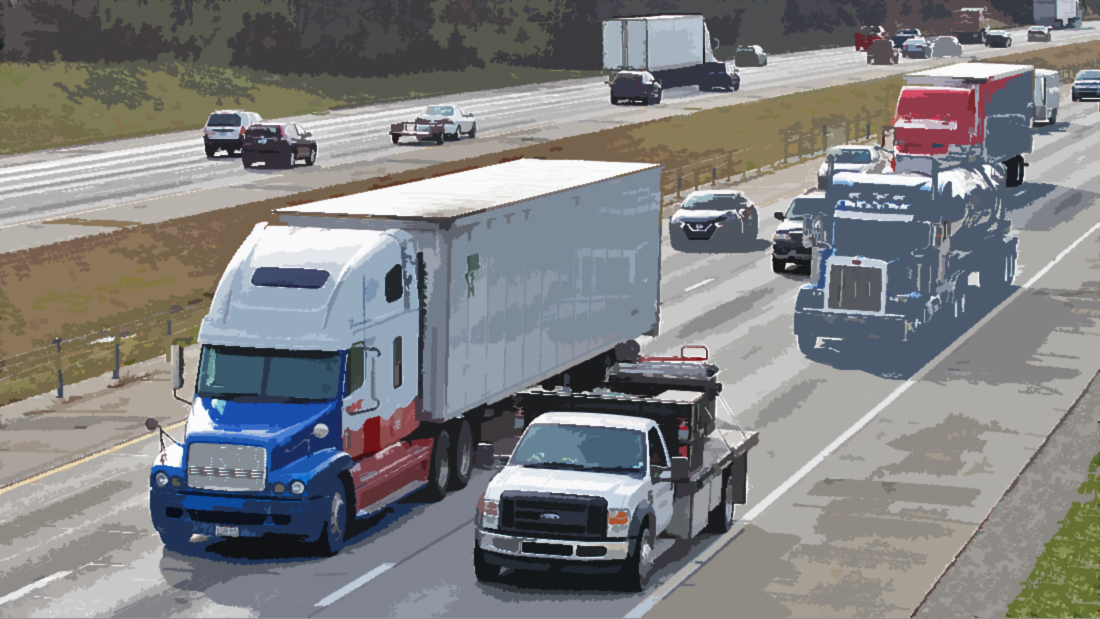California’s Proposition 15 will be a Major Disrupter
SCP’s Economic Growth Monitor
California’s Proposition 15 will be a major disrupter to commercial and industrial real estate owners in California, if approved by the state’s voters on November 3. Prop. 15 comes as other California and city initiatives for increasing taxes, are also up for voter approval in November. A couple of these additional initiatives includes San Francisco’s Proposition I and the state’s AB 2088 that would establish 0.4% tax on wealth.
The ballot initiative is a major challenge to California’s historic Prop. 13 property tax measure approved by voters in 1978, which was later upheld on challenge in the U.S. Supreme Court.
The ballot proposition title reads: “increases funding sources for public schools, community colleges, and local government services by changing tax assessment of commercial and industrial property.” On the state’s voter guide website, the initiative is summarized in this way: “Taxes such properties based on current market value, instead of purchase price. Fiscal Impact: Increased property taxes on commercial properties worth more than $3 million providing $6.5 billion to $11.5 billion in new funding to local governments and schools.”
As with other California ballot measures that would increase funding and spending, there is no safeguard that such increased taxes on commercial real estate owners would find its way to local government or local schools.
California’s proposition 15 will be a major disrupter in several ways. First, commercial (shopping centers, office buildings, etc.) and industrial real estate owners would see a decrease in the cash flow and value of their properties. This would mean a direct deleterious impact on the resale value of their properties. Conceivably, some property owners with long-held properties may need to sell if their new property tax assessments prove to be onerous.
Second, for any commercial real estate held on a NNN (so-called triple net) basis, typically retail and restaurant tenants, this property tax increase would be directly passed along to such tenants as their responsibility. Presumably, these retailers and restaurants would then attempt to increase their prices to consumers, an unintended consequence and example for how California’s proposition 15 will be a major disrupter.

California’s Prop. 15 could be a major CRE disrupter if approved by voters in November.




